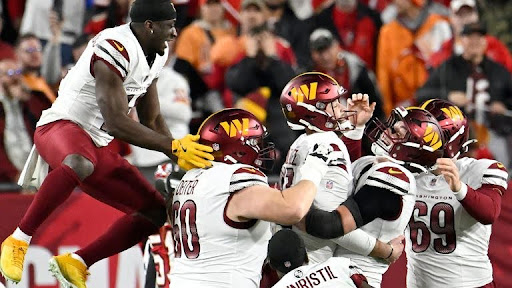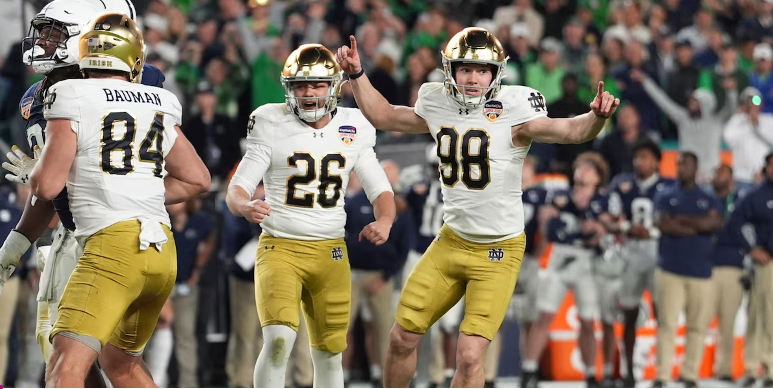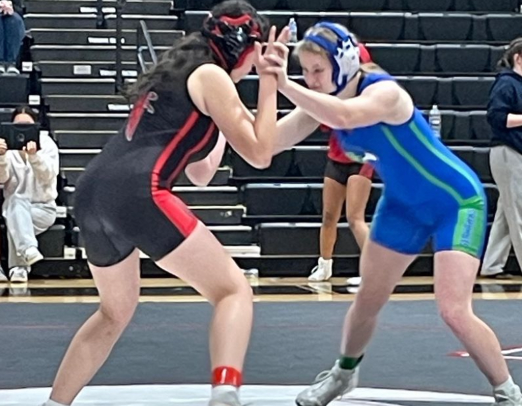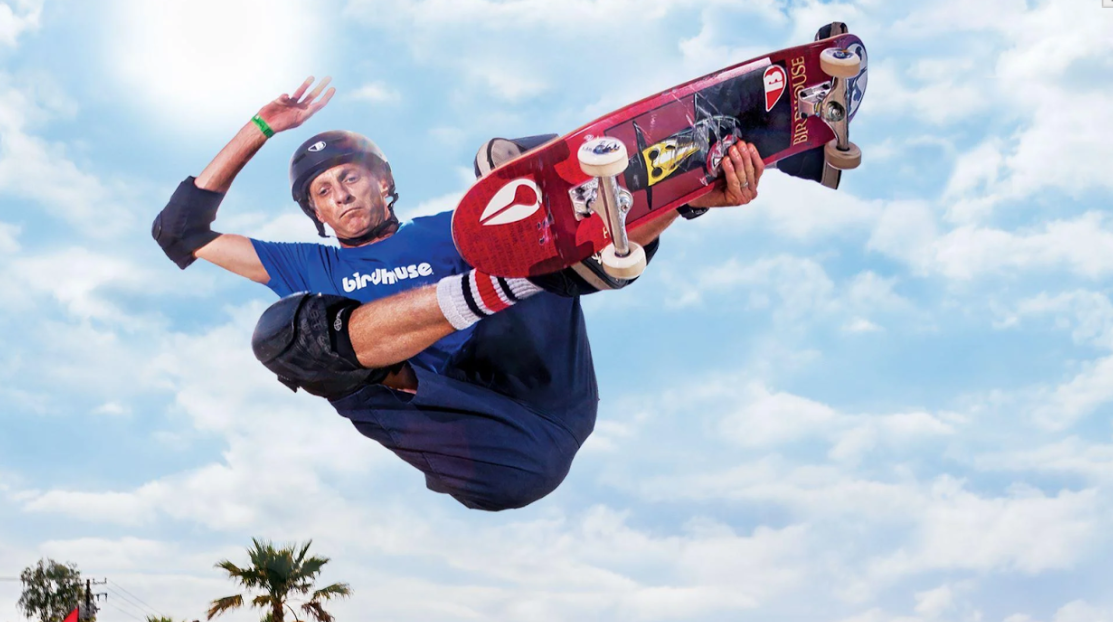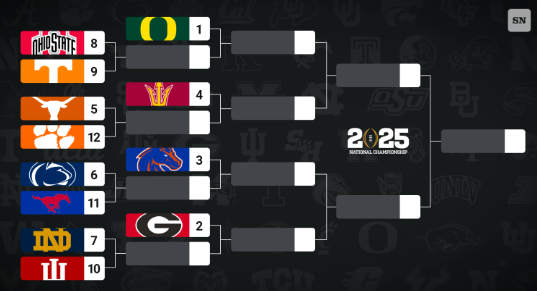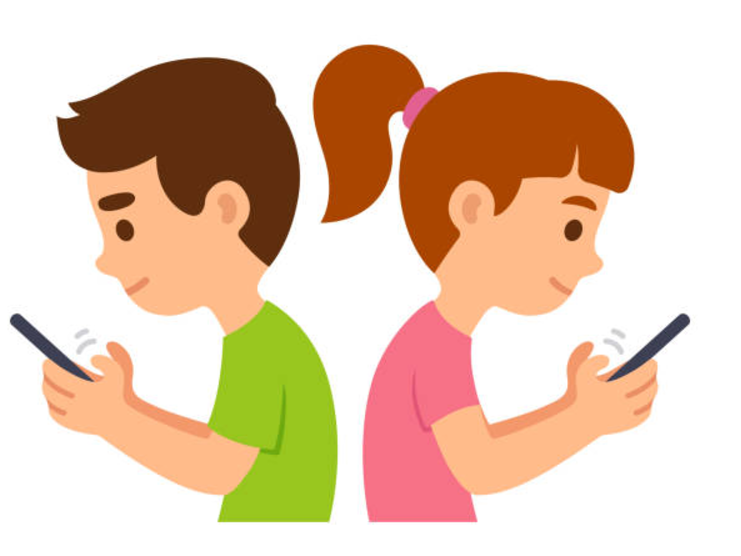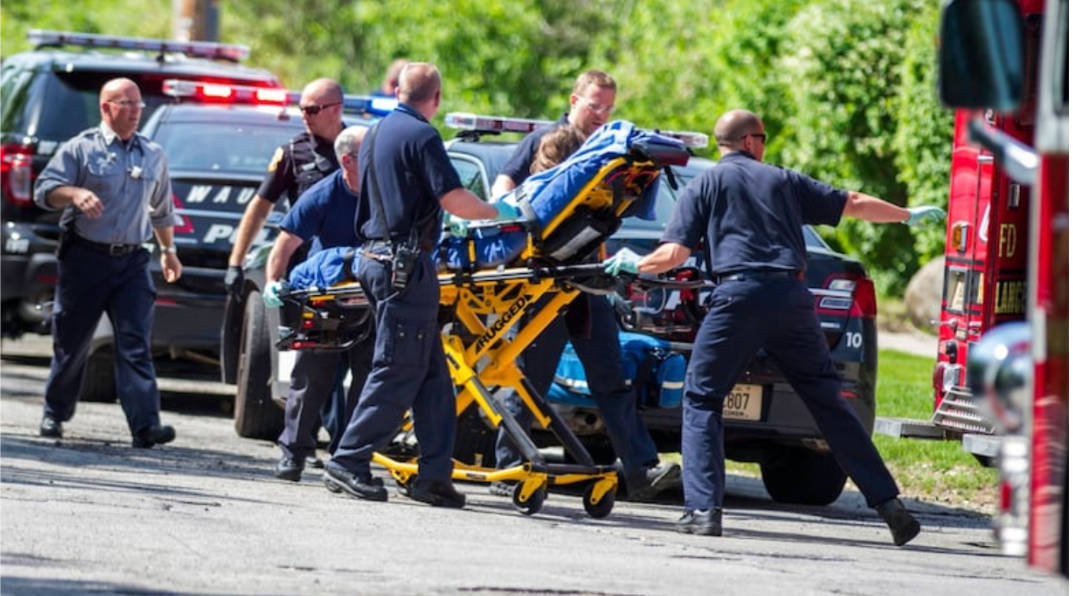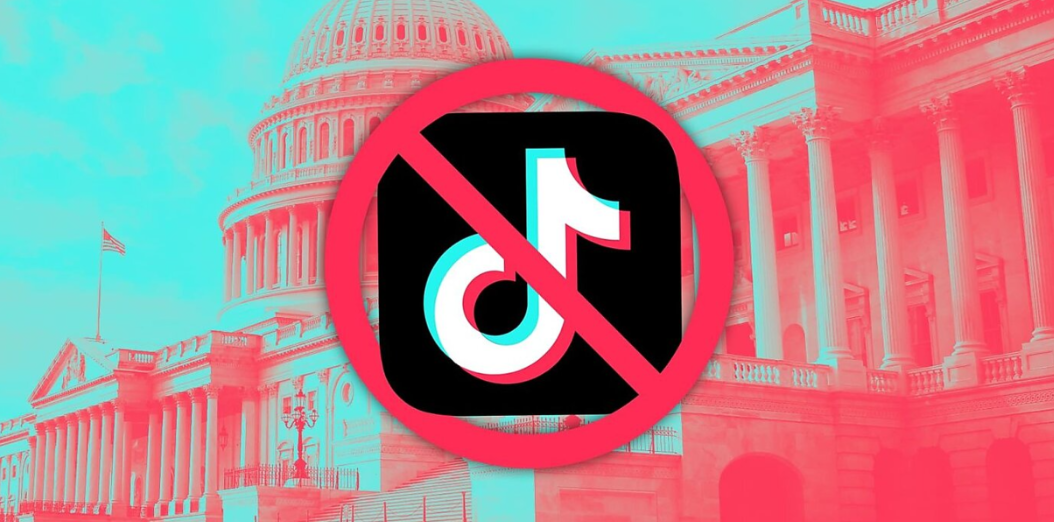Tearing your anterior cruciate ligament (ACL) is a very common injury to athletes. Some facts about the injury of this ligament include: ACL tears are most likely to happen to teenage girls rather than anyone else, ACL tears are usually caused by sudden stops and twisting with impactand, and the recovery of an ACL tear is around nine months for most people with physical therapy.
The ACL is a crucial ligament in your knee that provides stability. Symptoms of an ACL tear are usually recognisable pretty quickly. The symptoms usually include a popping noise which can be followed by pain, swelling, and instability when trying to walk or stand. Many professionals are able to tell without an MRI but in order to diagnose an ACL tear, an MRI is needed. Surgery isn’t always necessary if the tear is small enough to heal on its own, but in many cases the ACL is torn completely which can’t heal without surgery.
Before ACL surgery, the doctor will block your nerves by giving you two shots around your knee. This reduces the pain after surgery. In some cases, some people never get the feeling back. Usually if your leg is still numb after 12 months, doctors assume that you won’t get the feeling back. After surgery physical therapy is needed to regain the muscle and movement back. Depending on where you received your graph will depend on how you recover. There are three places you can get a graph from to reconstruct your ACL. These places are your hamstring, your quad, or the patellar tendon. They all have pros and cons, but they all will be a lot stronger than your original ACL.
Many students at South Lakes have torn their ACL and have had to go through the long process of recovering. Junior Kate Green tore not only her ACL but also her minisci, while she sprained her MCL all at the same time. Green has been going to physical therapy and has been getting stronger ever since.
One of the biggest challenges during Green’s recovery was needing assistance from other people because she “is an independent person and likes to do things herself.”
Other students, such as junior Lexi Dunn and sophomore Jacob Meyers, have also torn their ACL. Dunn tore her ACL similarly to Green’s, during last year’s lacrosse season. Dunn didn’t immediately know her ACL was torn, it took a week for her to realise that something was really wrong.
“Learning to walk was one of her hardest challenges of recovering,” Dunn says.
Meyers’ injury was at the first football game of this year’s season, however Meyers’ recovery was quick and easy and he was able to start walking sooner than what was expected. One of his biggest challenges was having to sit while all his friends and teammates got to still play and have fun. Each one of these students said that before surgery they had pretty good mobility and were able to walk and do normal tasks mostly the same.
ACL tears can alter people’s lives drastically and affect someone’s mental health when having to stop doing something they love doing for almost a year. Tearing your ACL, or getting injured in a way that has a similar recovery process, is an experience that is hard to describe to someone who’s never shared the same experience. Make sure to help people who are injured and take care of them.









